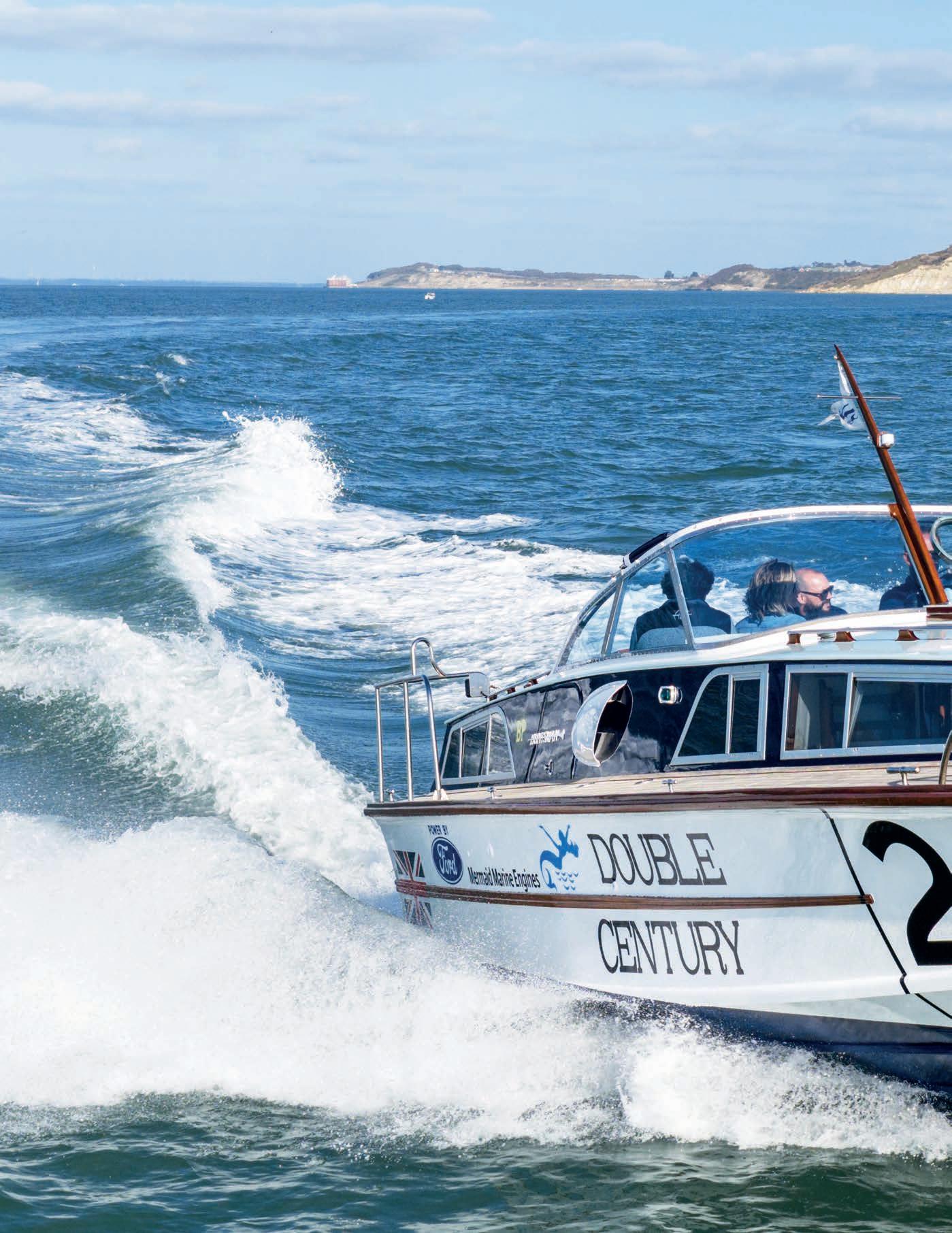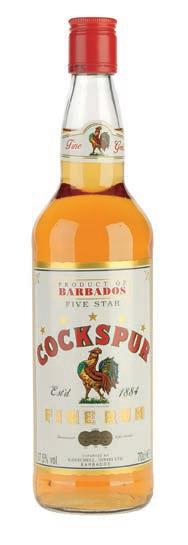












Historic Huntsman racer restored











Before the war, before glassfibre and the runaway success of the Nic 32... before the SCOD even... this 30-footer was Camper & Nicholsons’ first stab at production boatbuilding
WORDS NIGEL SHARP PHOTOS DAVID HARDING, OR AS CREDITED

London, Monte Carlo, sherry and a storm all form part of this Huntsman’s history. Now she’s fully back up to speed


She was built the year Elvis was born, and for quarter of her life, the Dunkirk little ship Hilfranor has belonged to Simon Palmer, who tells us about owning such a boat





The old blue, plastic-covered foam mattresses that grace many a forepeak are a great place for dumping spare rope and sailbags, and they’re fine to sleep on too, but for a truly snug interior, you might want something softer than that. There are a number of outfitters who will do new mattresses, toppers and bedding to size, and to fit those awkward shapes like U-bend settees in the saloon and those ubiquitous forepeak bunks. The mattresses tend to the expensive side, but the fitted sheets, duvets and duvet covers are more affordable for a cheaper ‘refresh’ of a cabin.
A bookshelf or two gives a soft look to any interior. Books are also very practical: book pages can make accurate feeler gauges if necessary - just count how many pages there are in a centimetre and work from there. A typical paperback book page is about a 1/30mm. Books are also good insulation and can be burned if necessary, if you have a solid wood stove. You might even want to read them… in your bunk, by the light of an oil lamp!
I once saw a superyacht with the description “artwork by Turner.” We are not suggesting either that you go out and buy Turners, or that you keep them in the atmosphere of a cabin on a yacht. The best kind of art in any yacht cabin is a photo or painting or drawing of the yacht itself, preferably out in foul conditions, so you can shiver in your slippers and thank God you’re not there, while being grateful that if you are, your boat will get you through it.
Facing page: Rugs on the sole of S&S sport
fisher Grey Fox and (below) the Fife 15-M yacht Mariska
Above left: Cosy bunks on Mylne’s Atlantide
Above right: Books...
Below: Classic ‘boat in bad conditions’ photo; Yellow cedar forepeak


Doctors and others who enjoy speaking of hypothermia like to remind us that alcohol does NOT warm you up, rather provides an illusion of warmth. As the illusion is both convincing and pleasing, we recommended that at least one bottle of spirits be carried on board. It takes up less space than wine or beer and is just the thing on a cold night. In CB222, we carried out a rum test in uncontrolled conditions, and Cockspur won the popular vote. (Not a spirit, but in CB251, we tasted every champagne in existence, on the flimsy context that you might need it on launch day. The verdict was that they’re all the same apart from Krug, which was “different, and not in a good way.”) Salcombe or Dartmouth Gin sound right for a boat, but for winter months, rum, whisky or brandy is probably the thing. It’s tempting to say that if Grant’s whisky was good enough for Robin Knox-Johnston on his round-theworld sail aboard Suhaili, then it’s good enough for anyone – but there are better whiskies, like the heavy, peaty Talisker, distilled on Skye, but similar in style to an Islay. Some heavy glasses with a low centre of gravity are ideal for this sort of carry-on.
The quickest way to warm any space is to fill it with blankets (call them ‘throws’ if fancy permits). Old ones are best – look in charity shops for the genuine woollen article for next to nothing. Some also like a rug on the cabin sole, which is a great look provided it’s not going to slip and isn’t too near the galley, where it will get stained by the inevitable spills.





From carbon fibre hulls and jet drives to restoring historic schooners, LM is a glimpse of the future – and it looks trad
WORDS CARL RICHARDSON PHOTOS HUGO SEGRAVE
The classic boat world has a certain look and feel. Harbours, creeks and weather-worn sheds all come to mind. Lyman-Morse is different. Spread over multiple facilities, buildings and technologies, this Mainebased build and design house is like nothing else, delivering a clear vision of how wooden boatbuilding might evolve.
The Thomaston Facility alone has some 11 buildings as well as a long stretch of jetty and deep-water moorings. Some of this scale is due to Lyman-Morse’s diversification across several sectors and materials, from carbon and aluminium to basic GRP and the cold-moulded timber composite construction this area is famed for.

Leisure boating is still at the core of the business, with a healthy new order book and year-round maintenance, refit and storage for the local boats, many of which would have been built in the region, if not at LM itself. Boats of up to 150ft (45.7m) can be accommodated, and there is 110 tonnes of cranage and plentiful hard standing.
Thomaston is historically important, with the sheltered, deep inlet famous as a centre of schooner construction through the 19th century and beyond. The last connection to these times is the 1925 Hindu, run by local historic society Sail As You Are. LM worked on a five-year

Above: Thomaston has an impressive nautical heritage and an exciting future
Below: Keeping it local, Hindu (left) on the Lyman Morse dock, with Annie’s Toy (background) and Comet
restoration of her, including new decks, bulwarks, cap rails, coaming, new deckhouses and hardware, sole beams, framing, bulkheads and engineering. You sense great pride in being entrusted with such a historic vessel.
Bloodhound, a recreation of an original 1874 cutter, has been looked after by LM for many years. When its 68ft (20.7m) Sitka spruce mast was damaged in a storm, the yard designed and built a new mast ready for the season. Reimagine (exTumblehome), a 90ft (27.4m) motor yacht built here, has also enjoyed major works at her home yard. Lyman-Morse spent three consecutive winters bringing the boat back to her current glory, allowing the owner to enjoy their summers. Works included a major engineering overhaul, all new electronics, house appliances, freshwater systems, a new galley, exterior paintwork, engine mounts, shafts and propellers. Talking to our guide for the day, Boatbuilding Divisional Manager Lance Buchanan, there’s a sense of personal as well as professional intent. With so many owners returning their boats for storage and maintenance, that’s not surprising but it’s still pleasing to see. Take Comet, the 2002, jet-powered commuter built here and home for some minor works and spoken about like a returning friend. Or Dragonera, the 1994 Joel Whitedesigned 74ft (22.6m) ketch stored with Lyman-Morse for over a decade and looking as good as new.
